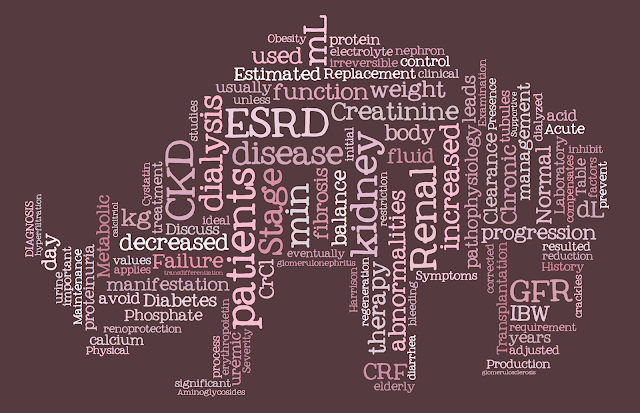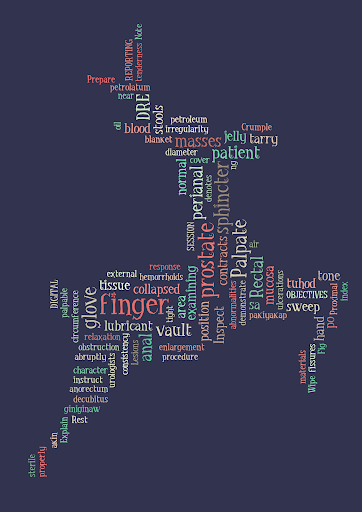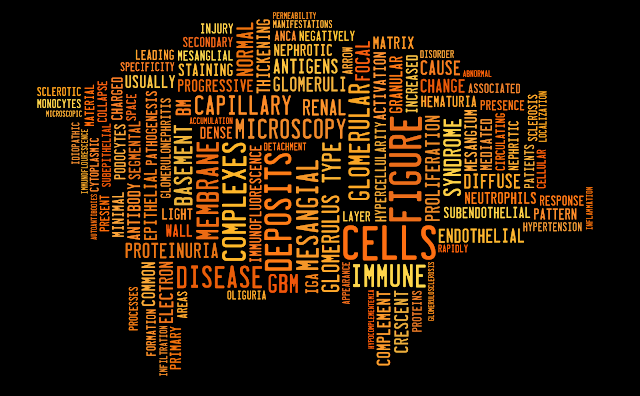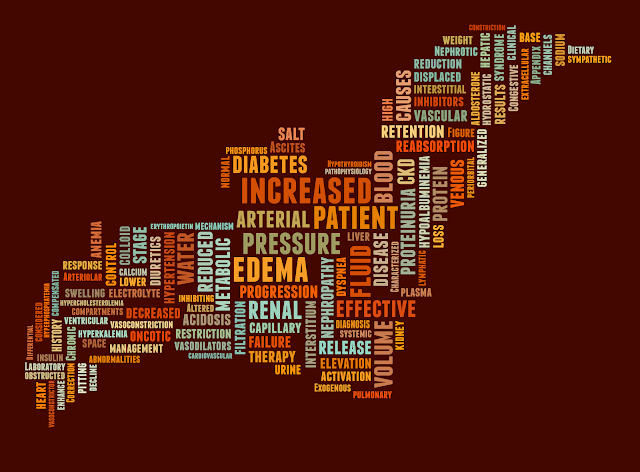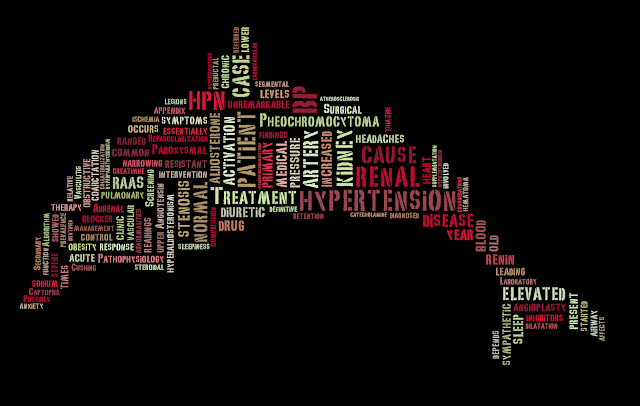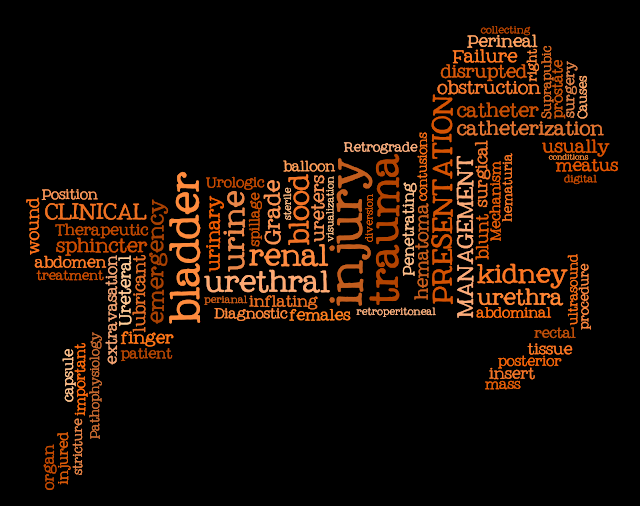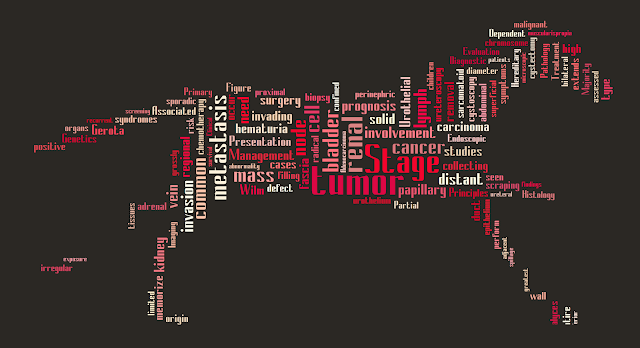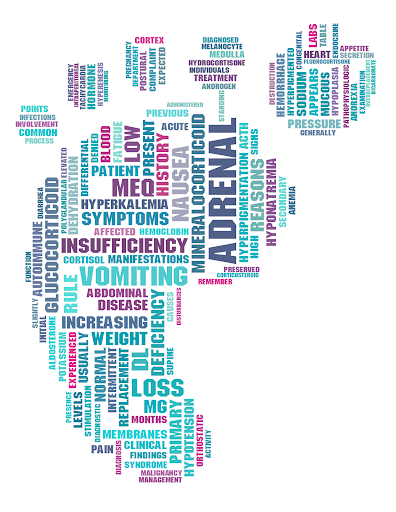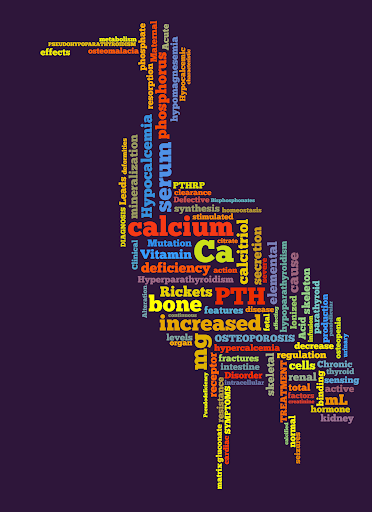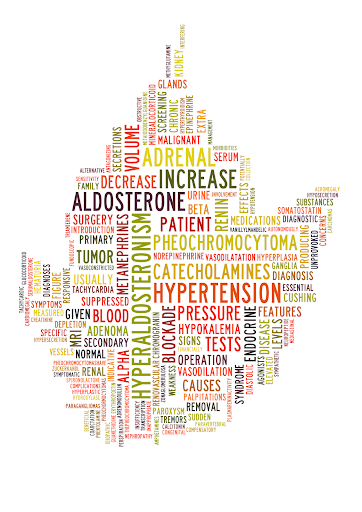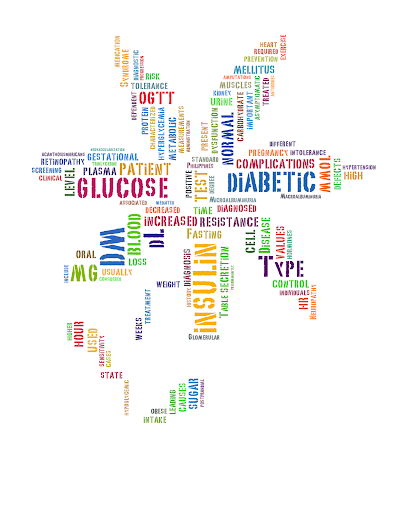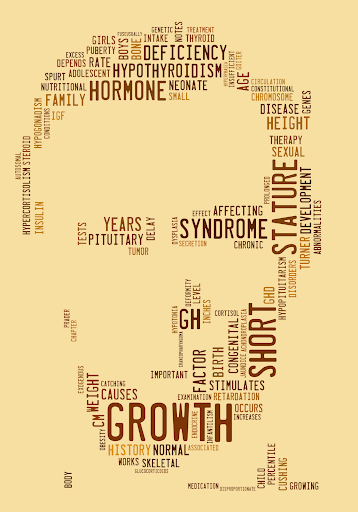WEAVING HEALTH INFORMATICS INTO THE TENETS OF ALMA-ATA
by Vincent Schubert Malbas
The primary health care situation in many areas, especially in resource-limited settings, is left wanting more than thirty years after the Alma-Ata Declaration has been proposed. There is little doubt that the goal of Health for All by the year 2000 was not achieved.
The Philippine rural setting is just one concrete example, where many small communities are separated by mountains and seas from urban progress, and where few primary care doctors are available. Doctors are over-represented in large urban centers that are near Metro Manila, Cebu, and Davao. One internist who practices in my province particularly told me that a lot of his med school classmates never came back. They were hesitant to come home because their subspecialties require big equipments in large tertiary care facilities, and many government hospitals that are run by LGUs cannot afford those types of equipment.
We are promised by the current Philippine administration that universal health care coverage will be largely achieved by 2013. PHIC and the advocates behind UHC are at the forefront of this large battle, but I have some reservations with the current PHIC system.
I got sick last August 2011 and fortunately, as a medical student of UPCM, I had a PhilHealth card. Claiming the benefits of the card was arduous, however. I had to show proof of payment for the premium of the last few months, which took time for my mother to fax everything from the province. Couldn’t they just streamline their data so it’d be easier for the patient?
I have always believed that data is king. This is where I think health informatics could play a big role in the universal health care scheme of our current government. For example, by maintaining a core facility that will handle all PHIC data and will accommodate all hospital-physician requests all over the country, I’m pretty sure data can be streamlined. I think I heard in one telehealth seminar at the College of Medicine that the local Philhealth office in PGH already has a similar system that is connected to the central PHIC office. I do hope that similar data exchange systems will soon exist in the provinces. PHIC can certainly do that given the amount of money it manages to earn from taxes and premiums every year (the corporation allegedly had 130 billion in health fund reserves in 2009, or easily 4x the DOH budget).
ICT projects that are handled by the National Telehealth Center and Medical Informatics Unit are great initiatives to bridge the gap between urban and rural healthcare. In one presentation by Dr Marcelo, mobile health is increasingly becoming useful for case referral from primary care physicians in the province to specialists in Manila. This is being implemented along with the Doctors to the Barrios program, and I think it’s a successful marriage of health informatics to the principles of the Alma-Ata Declaration.
The logical next step is to empower community health workers, the foot soldiers of primary health care, with the tools of health informatics. The expansion of use of CHITS in more barangay health centers in Quezon City and Pasay City is one such step, and with a few additions to the CHITS interface (less clutter), such software can be made more adaptable to our barangay health workers.
Alma-Ata envisions that medical knowledge should be accessible, decentralized, and affordable. Today, many patients have universal internet access and open access to information, while health care providers and managers can use open-source software. Ten years ago, we could not have imagined such developments in e-Health.
Gordon Moore predicted in his seminal paper in 1965 that digital technology will have an exponential advance (Moore's Law), perhaps indefinitely. It is my hope that the ICT tools we are developing today will remain problem-oriented and can help answer the unmet primary health care needs of our country.





